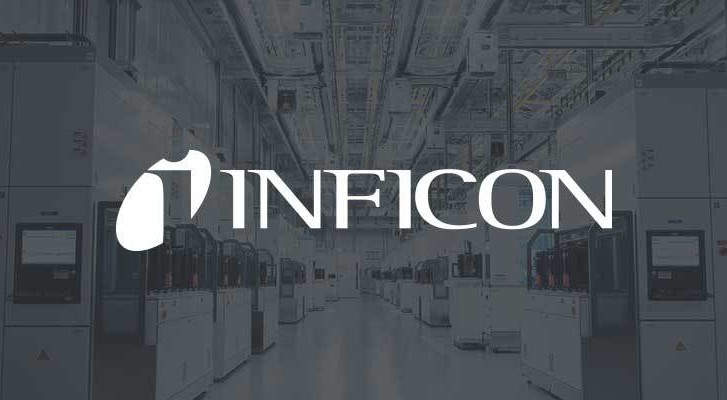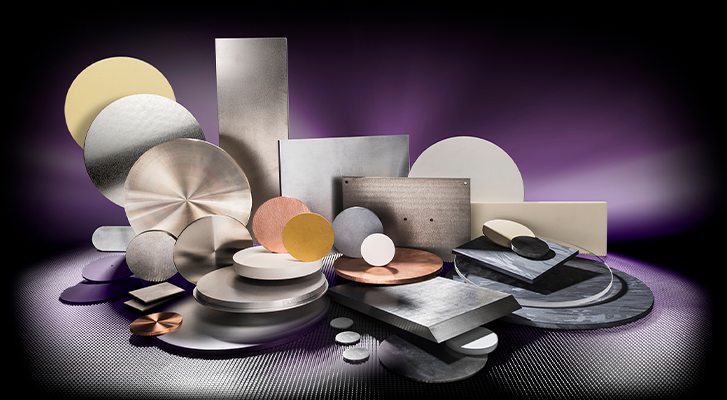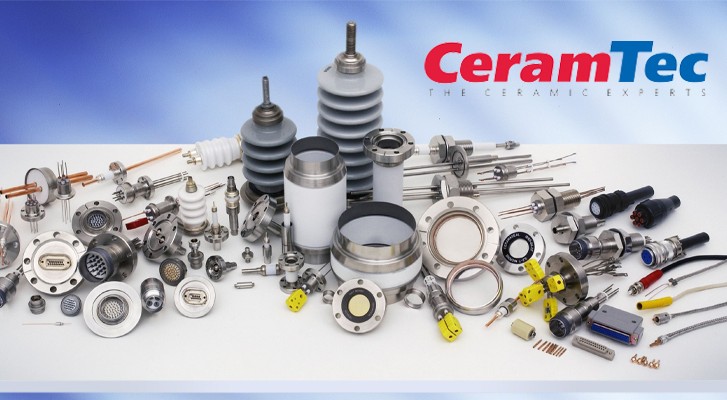Evaporation Materials and the Evaporation Process
In the territory of thin film deposition techniques, evaporation stands as a versatile and precise method for creating thin films with unique properties. Central to this process are evaporation materials, which enable controlled vaporisation and deposition onto substrates.
Testbourne is a trusted supplier of evaporation materials and electron beam gun crucibles, offering a wide range of materials for diverse applications.
Materials Used for Evaporation
Evaporation materials, used for thermal evaporation and deposition processes, can be characterised by their high purity levels, and can be easily manipulated to desired film composition, properties and applications.
- Metals: Metals like gold, silver, aluminium, copper and titanium are commonly used for their excellent thermal and electrical conductivity.
- Oxides: Evaporation materials in the form of oxides offer excellent optical, electrical and mechanical properties.
- Nitrates: Popular for their hardness, thermal stability and wear resistance, nitrates find applications in decorative films and wear-resistant coatings.
Electron Beam Evaporation Process
Electron beam evaporation is a method of thin film deposition involving the use of an electron beam source. This process offers unique advantages in terms of precise control and high deposition rates.
The Process:
1. Vacuum Chamber Preparation
Similar to thermal evaporation, the process begins with the preparation of a vacuum chamber. The chamber is meticulously cleaned and evacuated to a high vacuum to create an optimal deposition environment.
2. Loading the Evaporation Source
The evaporation material, in the form of a rod or pellet, is placed in a crucible or boat made of refractory metals, such as tungsten or molybdenum as these materials can withstand the high temperatures generated by the electron beam.
3. Electron Beam Generation and Focusing
An electron beam gun generates a highly focused beam of electrons that is directed toward the evaporation source, causing the material to rapidly heat up and vaporise.
4. Film Deposition onto the Substrate
The substrate, held at a temperature-controlled stage, is carefully positioned in the path of the evaporated material. The vaporised material condenses onto the substrate, forming a thin film with precise control over thickness and uniformity.
5. Monitoring and Control
Throughout the process, parameters such as beam current, deposition rate and substrate temperature are closely monitored and adjusted to achieve the desired film properties.
Testbourne: A Leading Supplier of Evaporation Materials
Evaporation materials, coupled with the electron beam evaporation process, open up endless possibilities in thin film deposition.
At Testbourne, we have a comprehensive range of evaporation materials and expertise in the electron beam evaporation process. Our materials cater to a wide range of applications, from electronics and optics to energy for a range of industries and research. If you require any help or have any questions, contact the friendly team at Testbourne.


